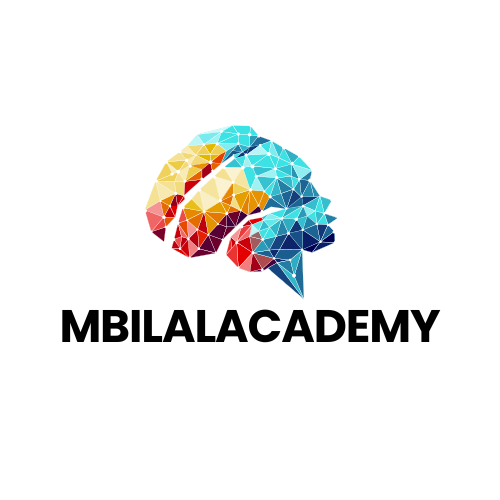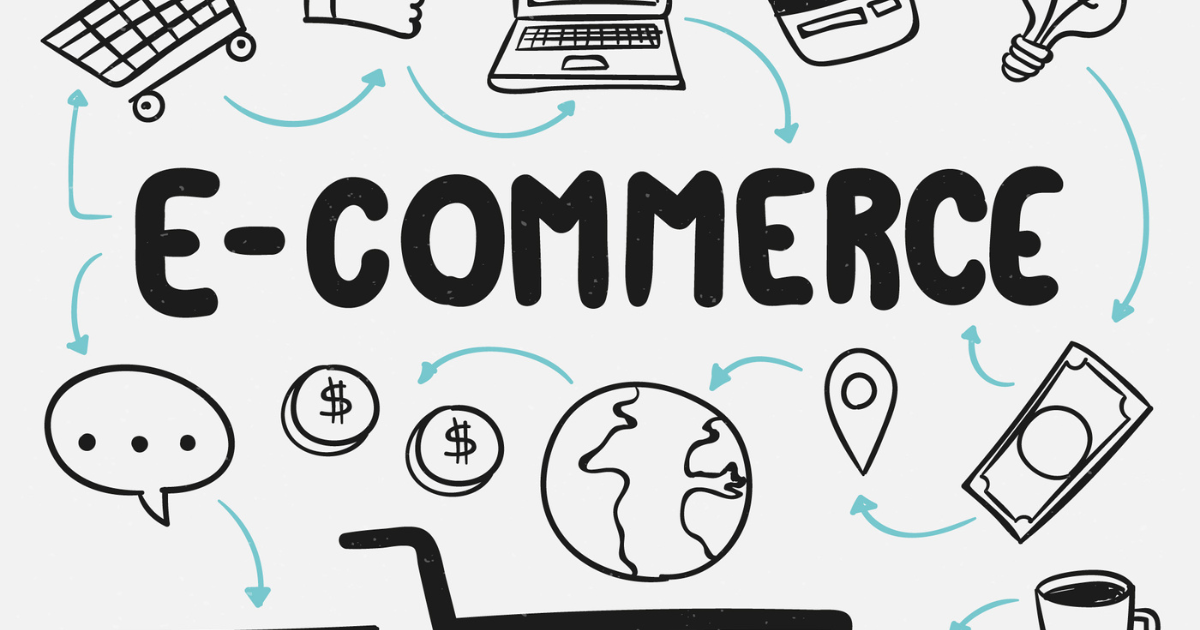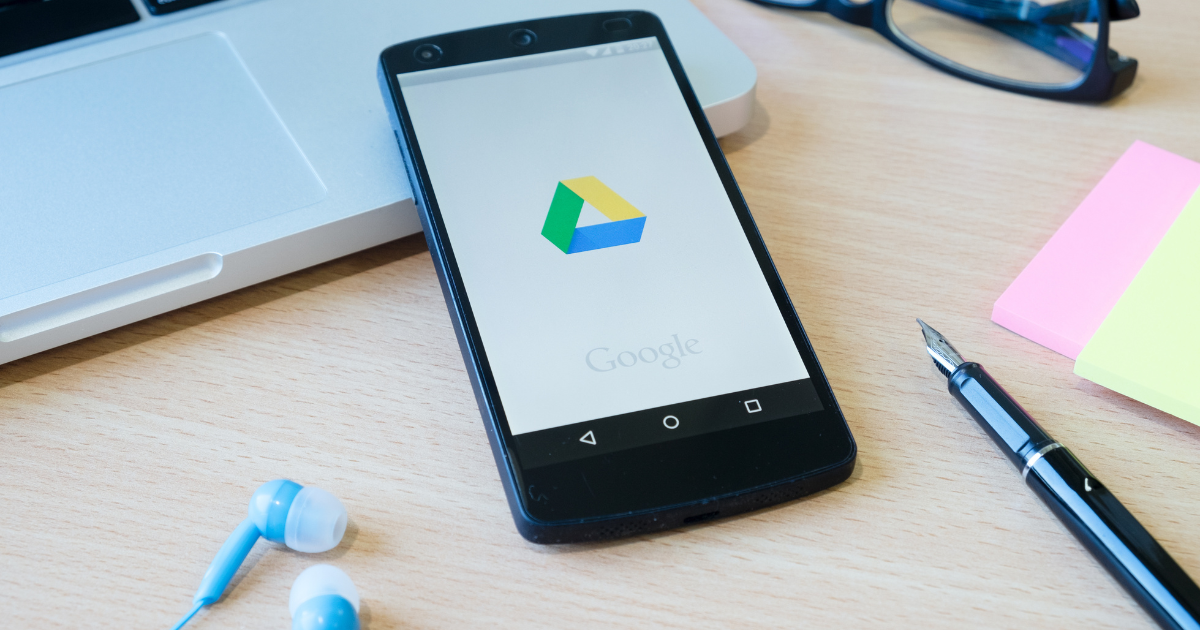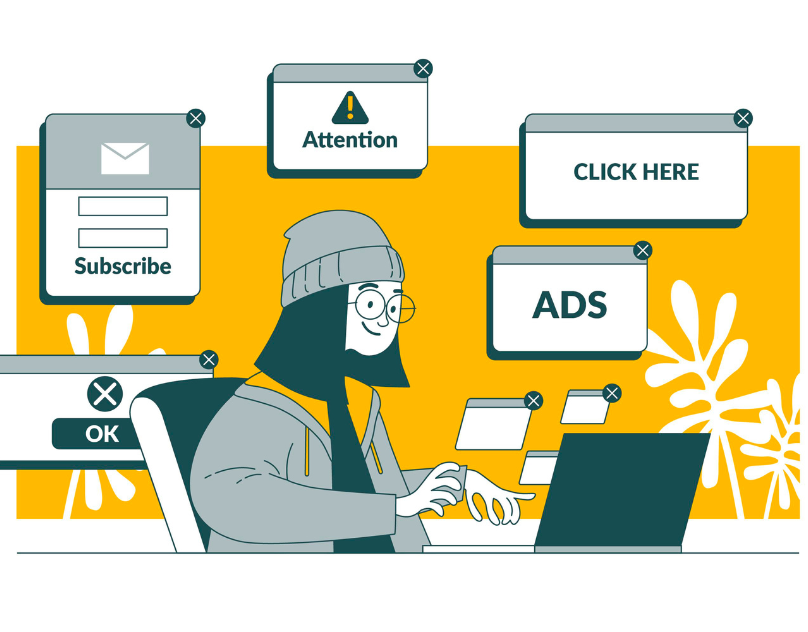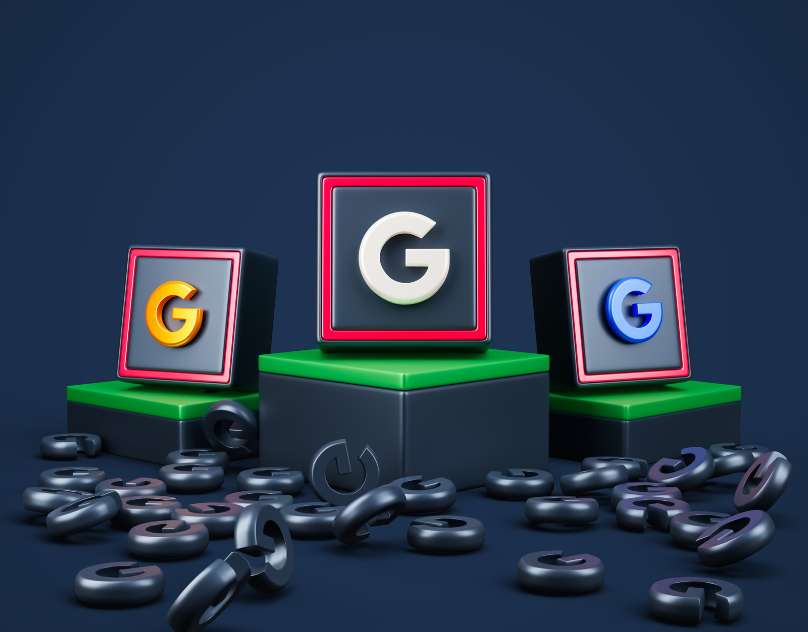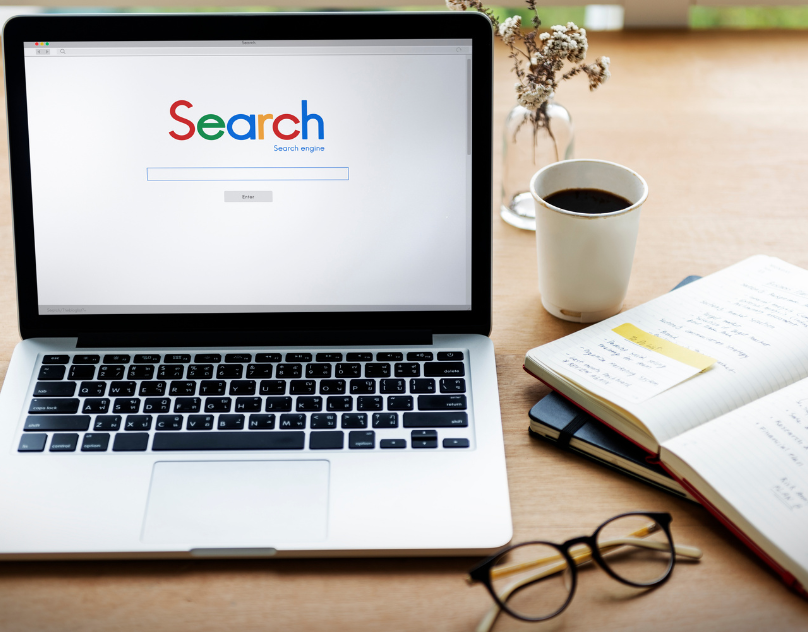E-commerce has revolutionized the way people shop, making it easier than ever for consumers to purchase products from the comfort of their homes. In 2025, it’s not just a trend—it’s a necessity for businesses looking to grow in the digital age. From global giants to local startups in Pakistan, everyone is jumping on the online bandwagon to reach a wider audience, boost sales, and improve customer engagement.
Table of Contents:
Introduction
E-Commerce in 2025 is more than just online selling—it’s a dynamic, customer-driven ecosystem where technology, convenience, and branding intersect. With consumer behavior shifting rapidly and global buying power growing, adopting the latest trends is essential for long-term success. Especially in emerging markets like Pakistan, entrepreneurs and startups are leveraging E-Commerce as a pathway to financial freedom and global reach.
Digital innovation, customer-centricity, and smart logistics are redefining the marketplace.
If you’re not evolving, you’re being left behind.
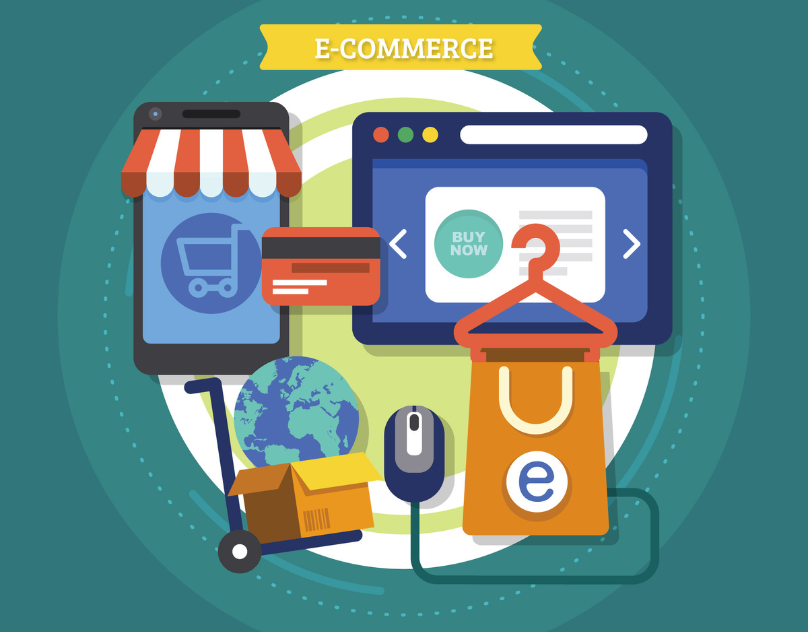
Rise of AI-Driven Personalization
Artificial Intelligence is making E-Commerce smarter than ever. Platforms now recommend products based on browsing behavior, purchase history, and even time of day. Personalized landing pages, AI chatbots, and tailored email campaigns all enhance user experience.
Tip: Brands using personalized experiences see up to 40% more conversions than generic sites.
Big players like Amazon and Shopify are using AI not just for sales, but to reduce cart abandonment, suggest upsells, and support 24/7 customer queries.
AI also plays a major role in analyzing seasonal buying trends and automating inventory management.
Smaller brands are adopting plug-and-play AI tools to keep up with global competitors.
Voice Search & Smart Shopping
“Hey Siri, buy sneakers under $50” — this is the new shopping reality.
By 2025, voice shopping is projected to hit $45 billion globally. Optimizing your product listings for conversational phrases, local language queries, and long-tail keywords is now a must.
Example: Replace “Bluetooth Earbuds” with “best wireless earbuds under 5,000 PKR for workout” in titles and tags.
Voice commerce is especially growing in mobile-first countries like Pakistan, where hands-free convenience is a game changer.
Smart assistants like Alexa and Google Assistant are simplifying the shopping journey.
Brands need to optimize their schema markup and product listings for voice relevance.
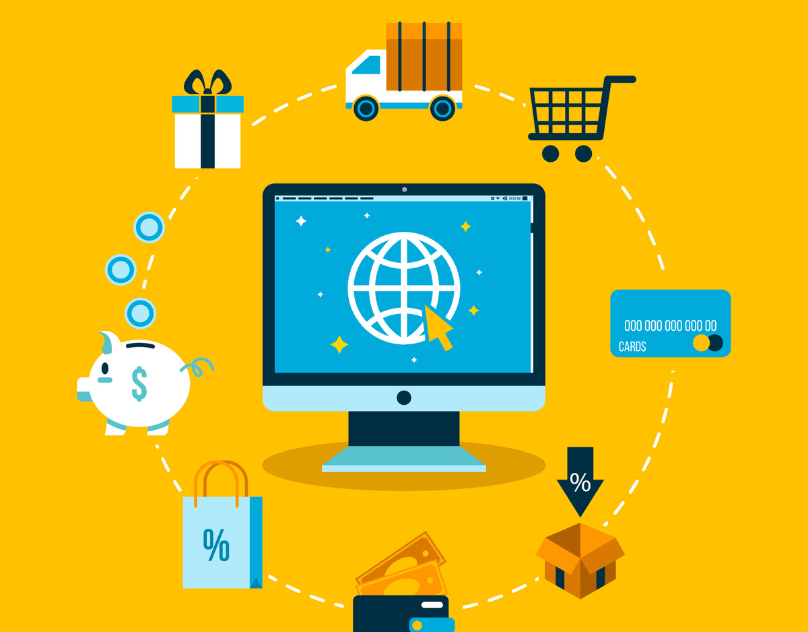
Mobile-First Experience
Mobile optimization is no longer optional—it’s essential. More than 73% of online purchases are made via mobile devices. Your website must load fast, have clear CTAs, and a frictionless checkout experience.
Need help designing a fast, high-converting store? Visit 51 Zeros for expert Shopify and WooCommerce solutions.
Even Google ranks mobile-optimized E-Commerce sites higher, making this trend crucial for visibility and conversion.
Mobile wallets like Apple Pay, Google Pay, and local fintech apps are streamlining checkout.
A responsive design isn’t enough—build mobile-native experiences for real results.
Fast Delivery & Logistics
Modern E-Commerce is all about speed. Consumers expect their orders delivered in 24-48 hours, with live tracking and smooth return policies.
In Pakistan, logistics providers like Leopards Courier, BlueEx, and TCS Hazir are stepping up with real-time integrations, cash-on-delivery systems, and last-mile delivery.
Fact: 70% of abandoned carts in Pakistan are due to unclear delivery timelines or charges.
Integrating APIs for shipping updates, offering free or fast delivery, and transparent fees are no longer perks—they’re expected.
Partnering with third-party logistics (3PL) providers can dramatically increase scalability.
Same-day delivery is now a competitive edge, especially in major cities like Karachi and Lahore.
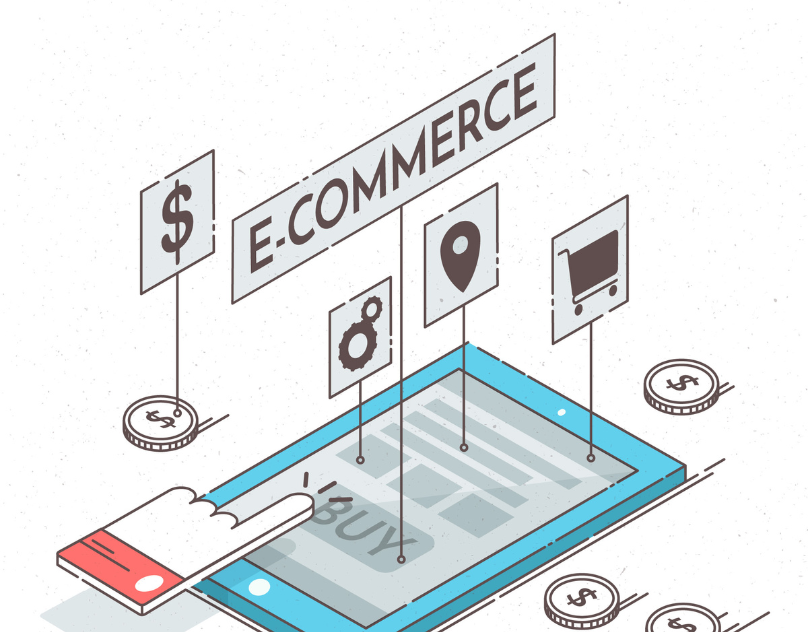
Social Commerce Trends
Social media platforms are becoming full-blown marketplaces. With Instagram Checkout, TikTok Shop, and Facebook Marketplace, users can discover, engage, and purchase—all without leaving the app.
Pakistan’s social media penetration reached 71 million users in 2024. That’s your largest shopfront.
Interactive content like live demos, reels, influencer collabs, and UGC (user-generated content) is driving conversions faster than traditional ads.
Shoppable posts and in-app ads allow instant conversions, not just clicks.
Influencer marketing combined with retargeting ads creates high ROI funnels.
Sustainability in Retail
Today’s consumers value sustainability. E-Commerce stores that practice ethical sourcing, recyclable packaging, and low-carbon shipping win long-term loyalty.
Stat: 60% of Gen Z shoppers choose brands that align with their environmental values.
Offering carbon-neutral shipping, digital receipts, and transparency about materials gives your brand a strong reputation boost.
Sustainable practices can also reduce costs in the long run through efficient operations.
Highlight your green initiatives in product pages and packaging to attract conscious buyers.
Scope of E-Commerce in Pakistan
The E-Commerce landscape in Pakistan is thriving. With increasing 4G/5G coverage, better digital payment systems (like Easypaisa, JazzCash, and PayFast), and a young entrepreneurial population, the industry is booming.
Market Value: Expected to cross PKR 3 trillion by the end of 2025.
Resource: Want to learn how to start your own E-Commerce brand in Pakistan? Enroll in exclusive courses at MBilal Academy to get hands-on training, mentorship, and real-world insights.
Cities like Lahore, Karachi, and Islamabad are becoming E-Commerce hubs with thousands of active sellers.
Government initiatives and startup incubators are further fueling innovation and tech-driven trade.
E-Commerce Success Starts With Strategy
You can have a great product and beautiful website—but without a strategy, it won’t scale. Success in 2025 demands strategic investment in tools like CRM software, retargeting ads, influencer partnerships, and multichannel selling (website + social + marketplaces).
Focus on customer retention, not just acquisition. Repeat buyers spend 33% more than first-timers.
Use data analytics to segment your audience and personalize campaigns.
A roadmap with clear KPIs is essential for scaling profitably.
Final Thoughts
The future of E-Commerce is exciting and filled with opportunity. Whether you’re a solo entrepreneur or managing a large brand, embracing these 2025 trends will set you apart from the competition.
Don’t wait—use these insights to take the next step in your E-Commerce journey.
For expert guidance, visit MBilal Academy for premium courses or check out 51 Zeros to build a high-performance E-Commerce platform.
Stay agile, stay informed, and keep innovating—2025 is your year to lead.
Build not just a store, but a brand that stands the test of time.
